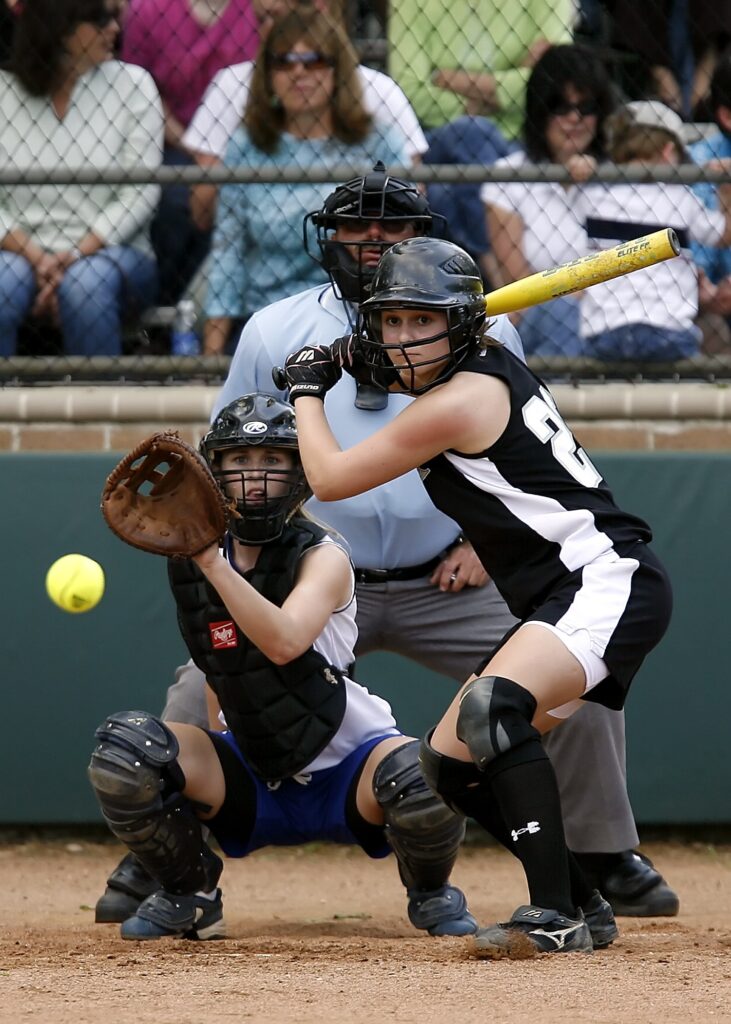The perception-action cycle links the information perceived by the environment to specific motor behaviors. It is important to understand how elite athletes couple perception to action in terms of time, space and task, in order to understand how the latter optimize their performance and manage to excel in their sport. Rafael Nadal, in his book states: “ No ball is the same as the one that precedes it. No shot is identical to another. Every time you get ready to receive one you must therefore evaluate, in a fraction of a second, the trajectory and speed of the ball and decide how, how much power and where to try to counter.
Newell & McDonald (1994) described this cycle as an abstract and impossible to specify concept; however, with the arrival of the Eye Tracker (a tool that measures various aspects related to vision) it is now possible to objectively determine the relationship between an athlete’s gaze and his motor behavior in the sport-specific environment.
The research carried out with the eye tracker allowed to divide the visual behavior in relation to the motor one into three categories:
- Targeting task : target task, for example putting the ball in the hole for a golfer;
- Interceptive timing task : interception of the task in relation to space and time, for example hitting a ball for a tennis player;
- Tactical task : tactical task that is to make a decision based on an analysis of the environment, for example reading an opponent action.
The perception-action cycle differs within the three categories, and some sports have only one of these visual behaviors, while others have all three.
Basketball is one of those sports that includes them all: the visual control of a player when he has to make a free throw (Targeting task) is different from when he has to receive a pass (Interceptive timing task), and still different from when he has to read a defensive action and act accordingly.

